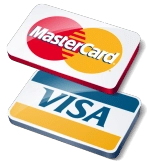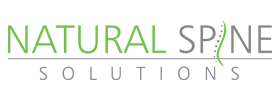What is Spinal Decompression Therapy in Coeur d'Alene ID?
Spinal Decompression therapy in Coeur d'Alene ID is a safe, non- surgical and drug free treatment method for patients who suffer from chronic neck and back pain caused by disc problems and other spinal related conditions. A decompression treatment gently lengthens and releases the spine through repetitive movements by the revolutionary DOC Spinal Decompression table. As the table pulls and releases, a negative pressure change is created within the intervertebral disc, surrounding soft tissue and spinal joints. The reduction of pressure inside the disc (decompression) allows the disc bulge or herniation and the nutrients to be pulled back into the disc. Rehydration of the disc and surrounding structures creates a physiological change which decreases pain levels and assists the body’s natural healing process. Patients typically experience significant improvement within 25-30 treatments. Research shows that continued improvement is seen up to 4 years following the Spinal Decompression Therapy program.
Why Spinal Decompression in Coeur d'Alene ID?
10 Reasons to Consider Spinal Decompression:
- Bulging or Herniated Disc
- Spinal Stenosis
- Sciatica
- Disc Degeneration
- Facet Syndrome
- Spondylosis
- Pinched Nerve
- Failed Back Surgery
- Arm/Leg Numbness
- Back and Neck Pain
OFFICE HOURS
Monday
8:00am - 12:00pm
2:00pm - 5:00pm
Tuesday
2:00pm - 6:00pm
Wednesday
8:00am - 12:00pm
Thursday
8:00am - 12:00pm
2:00pm - 5:00pm
Friday
Closed
Saturday & Sunday
Closed


Natural Spine Solutions
3913 N Schreiber Way
Coeur d'Alene, ID 83815



